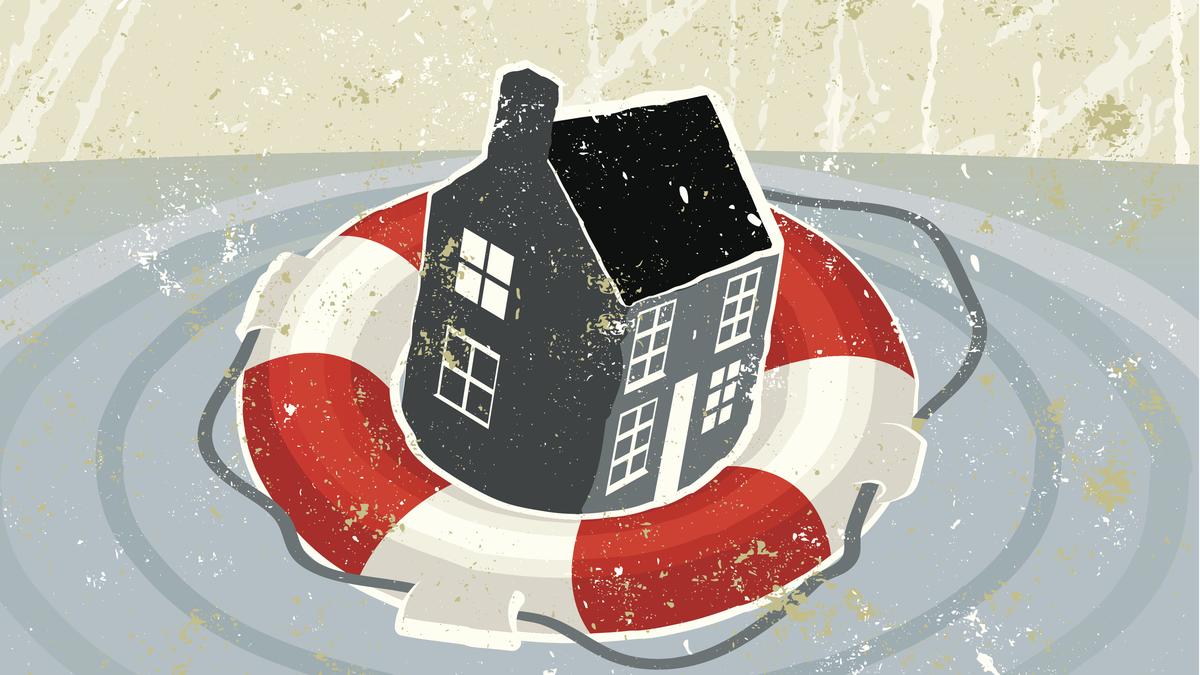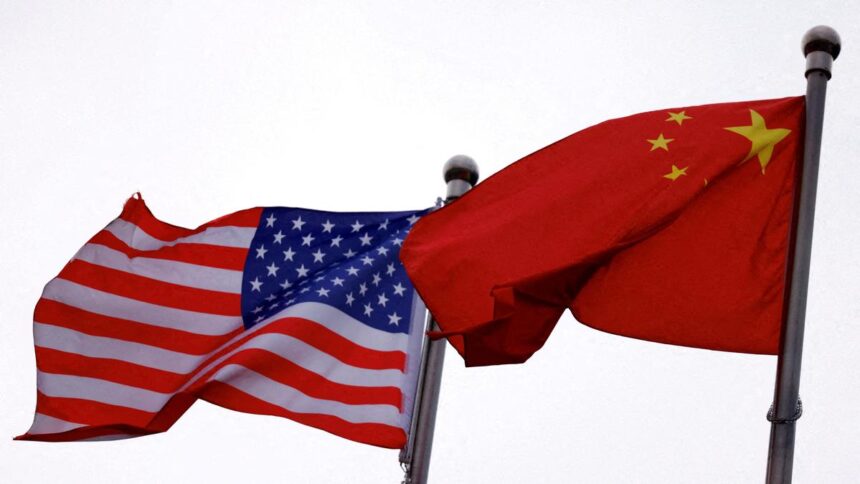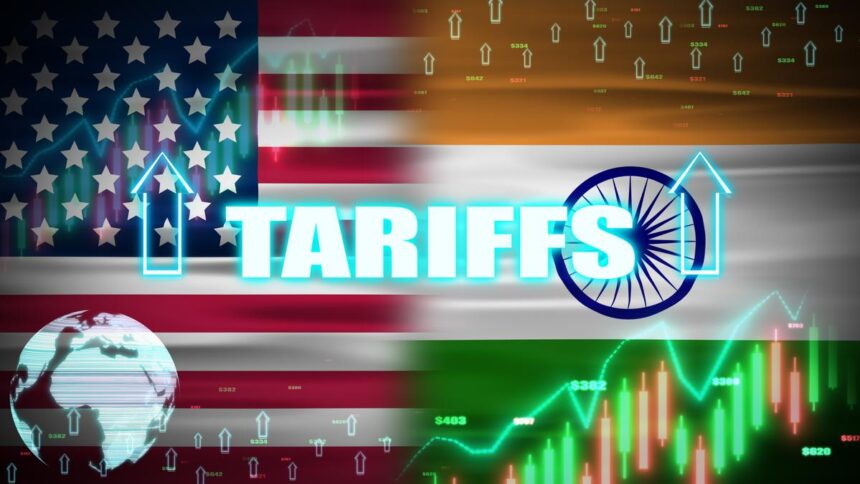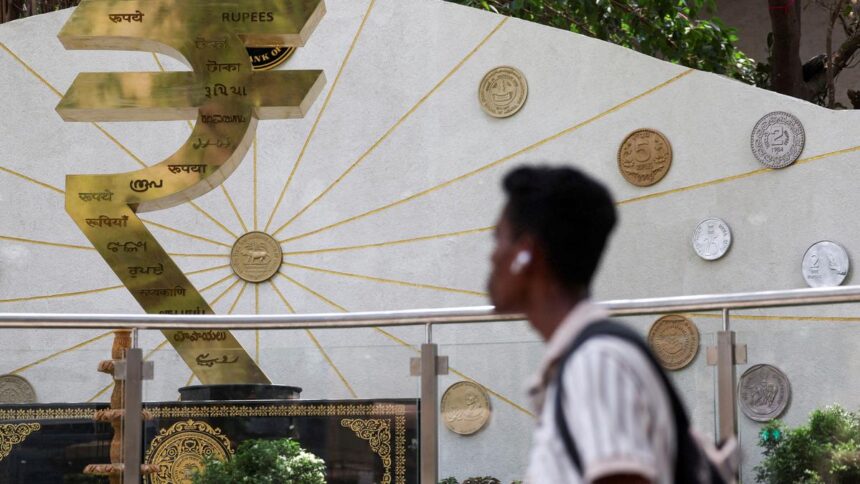
For representative purposes.
| Photo Credit: Getty Images
The story so far: While life insurance is a ubiquitous term in India, disaster risk insurance is not. A low penetration of disaster risk insurance for individual property and livelihoods leaves much of the population exposed to irretrievable damage and loss. Most peoples’ assets and means of income remain largely uninsured. Globally, after the hurricanes of the late-1990s in the U.S., when even re-insurers suffered losses, catastrophe risk was farmed out to financial markets through catastrophe bonds (cat bonds).
What is a cat bond?
Cat bonds are a unique hybrid insurance-cum-debt financial product that transforms insurance cover into a tradable security. These bonds transfer hazard risk from the at-risk state to not just the limited stock of global re-insurers, but to deep-pocketed global financial markets through securitisation, opening up a much larger quantum of funds for post-disaster relief and reconstruction. Cat bonds are effective in transferring pre-defined risk to bond investors, ensuring quicker payouts and a much-reduced counter-party risk.
Players that create cat bonds are sovereign nations, which sponsor the bond and pay the premium, with the principal being the sum insured. The sponsor requires an intermediary to issue the bond to reduce counter-party risk. Intermediaries can include the World Bank, the Asian Development Bank or a reinsurance company. If a disaster does occur, the investor runs the risk of losing a part of the principal — a key reason for higher coupon rates of such bonds, compared to regular debt instruments. There is much variation in coupon rates for a cat bond depending on the risks — earthquakes garner lower premiums, as low as 1-2%, compared to hurricanes or cyclones.
Are cat bonds profitable?
Nobel Prize-winner Harry Markowitz had famously stated that risk diversification is “truly the only free lunch in finance”. Risk-seeking investors find the disaster risk curve most attractive for diversification, since climate or geological hazards are historically not related to financial market movements, being mutually exclusive and independent of the financial risk curve. Probabilistic and deterministic financial risk curves move differently from cat-risk curves, in effect de-risking the entire portfolio of an investor. Leading the pack of cat bond investors are pension funds, with a minority share being occupied by hedge funds and family offices, seeking to de-risk their market-centric risk profiles for sovereign-sponsored cat bonds.
Observers assess that since the onset of cat bonds, there have been $180 billion worth new issuances of cat bonds globally with about $50 billion currently outstanding.
Does India need a cat bond?
In these times of climate change, disaster risk can become unprofitable for insurers and re-insurers, as is increasingly evident in the U.S. with the rising intensity of hurricanes and forest fires. This causes premiums to rise and demand to fall, leading to risk ratcheting back to the harried victim of disasters. This is where governments can step-in, sponsoring instruments like cat bonds. The unpredictability and increase in frequency of extreme weather events like cyclones, floods, forest fires and devastating earthquakes in South Asia have increased India’s exposure to disaster-risk. India needs to ring-fence its public finances for post-disaster reconstruction. Given the credit standing of the Indian sovereign and the scale of India’s hazard risk profile, it could be cost-effective to sponsor such an instrument, through an intermediary like the World Bank, utilising its established bond curves. Apart from assessing the existing risk curve, insurance companies typically build clauses requiring disaster mitigation into contracts with countries, in the absence of which coupon rates rise. On that count, the Indian government is far ahead, having already demonstrated pro-active risk reduction by allocating mitigation and capacity building funds worth $1.8 billion per annum since FY21-22.
Given India’s size and financial stability, India could be lead-sponsor for a South Asian cat bond, given that most such regional risks remain unhedged. In addition, the regional hazard matrix reveals an interesting variety of hazards, each with their own risk curve and a different flavour of history, vulnerability, and exposure. Imagine a regional cat bond for high-impact hazards like an earthquake in Bhutan, Nepal and India; or for a supra-cyclone or tsunami in India, Bangladesh, Maldives, Myanmar and Sri Lanka. A South Asian cat bond would spread risk, reduce premium costs and over time, make the region financially stronger to face disasters.
What are the disadvantages?
A defectively designed cat bond could lead to no payout despite a significant disaster. For example, an earthquake cat bond designed for a magnitude threshold of 6.6M for a certain grid may fail if a 6.5M event occurs and causes extensive damage. In addition, despite a contract if a disaster doesn’t occur, it could lead to questions on the desirability of such expense. Hence, comparison of premium to be paid discovered through transparent government procedure, with historical annual costs of post-disaster reconstruction could be the best way forward.
Safi Ahsan Rizvi is an IPS officer and adviser to the NDMA.
Published – July 10, 2025 08:30 am IST























